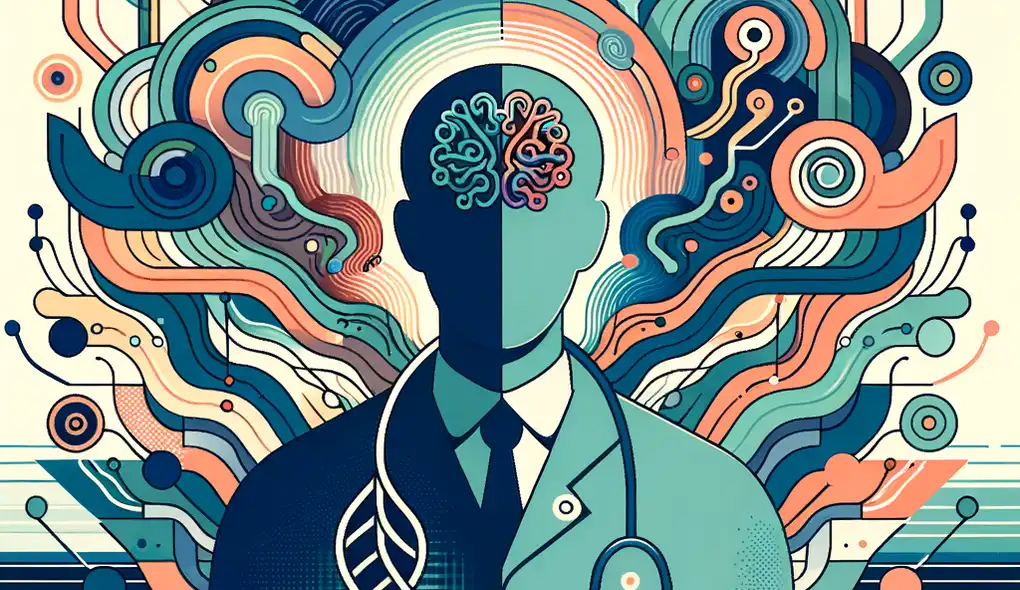How have you used data visualization tools and techniques in your previous work?
Bioinformatics Consultant Interview Questions
Sample answer to the question
In my previous work, I have used data visualization tools and techniques to analyze and present complex biological data. For example, I have used R and Python to create interactive plots and charts to visualize genomic, proteomic, and metabolomic datasets. These visualizations helped me identify patterns and trends in the data, which in turn led to valuable insights for my research projects. I have also used data visualization tools like Tableau and D3.js to create interactive dashboards and reports that effectively communicate the findings of my analysis to stakeholders and collaborators. Overall, data visualization has been an integral part of my work, enabling me to communicate complex information in a clear and concise manner.
A more solid answer
In my previous work, I have extensively utilized data visualization tools and techniques to analyze and present complex biological data in a visually appealing and informative manner. For instance, I have used R and Python to create interactive plots and charts that allowed me to identify patterns and trends in genomic, proteomic, and metabolomic datasets. These visualizations not only facilitated the exploratory analysis but also aided in communicating the findings to stakeholders effectively. Additionally, I have employed data visualization tools including Tableau and D3.js to develop interactive dashboards and reports, offering a comprehensive view of the analysis results. This enabled better decision-making and collaboration among the team members and clients. Overall, my expertise in data visualization has played a significant role in extracting valuable insights from biological data and driving impactful research outcomes.
Why this is a more solid answer:
The solid answer expands on the basic answer by providing more specific examples of how the candidate used data visualization tools and techniques. It mentions the use of R and Python for creating interactive plots and charts, as well as Tableau and D3.js for developing interactive dashboards and reports. The answer also highlights the impact of data visualization in facilitating exploratory analysis, communicating findings effectively, enabling better decision-making, and driving impactful research outcomes. However, it could still be improved by including specific projects or research where data visualization played a crucial role.
An exceptional answer
In my extensive experience, data visualization has been a cornerstone of my work in bioinformatics. I have employed a wide range of data visualization tools and techniques to analyze complex biological data and convey actionable insights. For example, I have utilized R and Python to create visually stunning and informative plots, heatmaps, and network diagrams. These visualizations have allowed me to uncover intricate relationships within genomic, proteomic, and metabolomic datasets, empowering me to generate novel hypotheses and drive further investigations. Moreover, I have leveraged advanced data visualization libraries like Plotly and ggplot2 to develop interactive data exploration interfaces, allowing stakeholders to dynamically explore and interact with the data. These interfaces have greatly enhanced the collaborative nature of my work, fostering discussions and facilitating data-driven decision-making. Furthermore, I have employed tools such as Tableau and Power BI to build comprehensive dashboards that provide a holistic view of complex analyses, enabling effective communication with cross-functional teams and clients. In summary, my expertise in data visualization has been instrumental in extracting knowledge from biological data and enabling transformative scientific discoveries.
Why this is an exceptional answer:
The exceptional answer goes into even more detail, providing specific examples of data visualization techniques used by the candidate, such as creating plots, heatmaps, network diagrams, and interactive data exploration interfaces using tools like R, Python, Plotly, ggplot2, Tableau, and Power BI. It highlights the impact of these visualizations in uncovering relationships within genomic, proteomic, and metabolomic datasets, generating novel hypotheses, fostering collaboration, facilitating data-driven decision-making, and enabling effective communication with teams and clients. The exceptional answer demonstrates a deep understanding and extensive experience in data visualization, showcasing the candidate's ability to leverage this skill effectively in bioinformatics.
How to prepare for this question
- Familiarize yourself with a variety of data visualization tools and techniques, such as R, Python, Tableau, D3.js, Plotly, ggplot2, and Power BI.
- Stay updated with the latest trends and advancements in data visualization within the field of bioinformatics.
- Practice creating different types of visualizations using sample biological datasets to gain hands-on experience.
- Highlight specific projects or research where data visualization played a crucial role and be prepared to discuss the impact of visualizations on the outcomes.
- Be able to articulate how data visualization can enhance the communication and understanding of complex biological data.
What interviewers are evaluating
- data visualization tools and techniques
Related Interview Questions
More questions for Bioinformatics Consultant interviews